During his visit to New Zealand, Prime Minister Pham Minh Chinh and his wife performed the hongi nose-touching ceremony with Maori leaders, demonstrating solidarity and respect.
Hongi or nose touching is a typical greeting of the Maori people in New Zealand, often used when the New Zealand government welcomes heads of state and royalty from other countries. The British Princess, Kate Middleton also touched the nose of Maori leader Lewis Moera in 2014.
The correct way to greet hongi involves taking the other person's hand as if shaking hands, leaning forward and gently pressing noses and foreheads together. Forehead to forehead, nose to nose, breath to breath. Placing a hand on the other person's shoulder is also acceptable in place of holding hands.
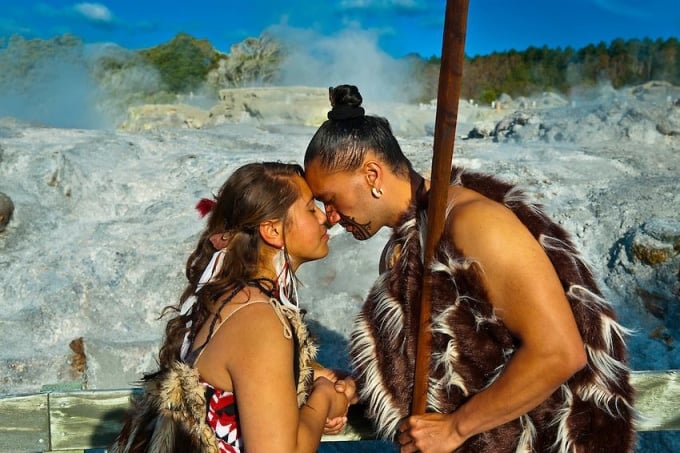
Maori people greet tourists in the traditional way. Photo: Thomas Cook
Professor Angus Macfarlane, a Maori studies researcher at the University of Canterbury, said the nose touch was known around the world as a greeting in New Zealand but not used by all. It was practised by the indigenous Maori people and hongi played an important role in their culture.
According to Maori mythology, the god Tāne-nui-a-Rangi created the first woman, Hine-ahu-one, and breathed life into her by touching his nose to hers. "Tane is considered the ancestor of Te Ao Māori (the Maori people)," says Professor Macfarlane. Hongi is considered the place where the breath of life originates. Today, touching noses when greeting means that two people will share the breath of life with each other, forming a special bond that helps erase any geographical or cultural distance.
For many people, hongi is a way of greeting gods based on ancient legends. Macfarlane said that depending on the occasion, hongi can be formal or light and playful. Hongi is not only performed in ceremonies to welcome leaders and royalty of other countries, but also appears in Maori tennis tournaments. After each match, people will come close to shake hands and perform hongi with each other. For tourists, people can also apply this greeting ritual to local people to show respect.
Professor Te Hurinui Clarke, also of the University of Canterbury, says there are many variations of hongi. For some, it is just touching the nose, but for others it involves touching the forehead to represent the exchange of breath and knowledge. “Hongi is also a spiritual act,” says Professor Clarke.
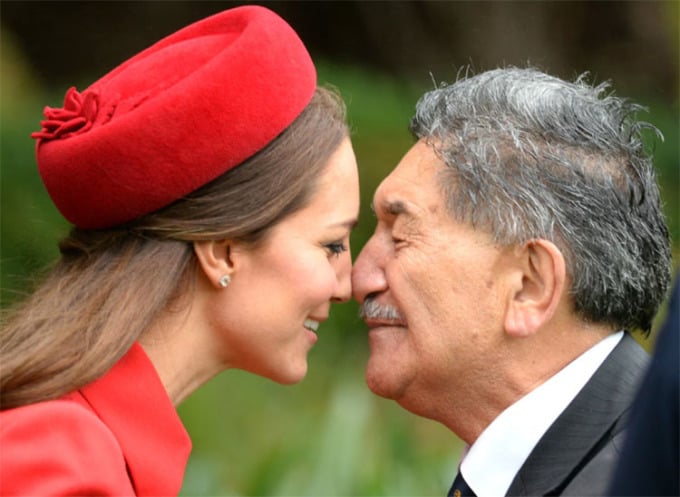
Princess Kate receives a hongi from a Maori chief during a visit in 2014. Photo: Rex
Born and raised in the Bay of Plenty, Professor Clarke says hongi in his home country involves two nose touches instead of one. The first is to greet the person you are talking to, and the second is to greet and show respect to that person’s ancestors, grandparents, and parents.
Clarke often forgets and only touches once and is then often pulled back to touch again. “Hongi is and has always been an everyday greeting in the Maori community,” he said.
Because hongi involves touching the tip of the nose, many visitors feel intimidated by the custom. Clarke says this is understandable, as “face-to-face contact can be intimidating to some people.” However, hongi is still a part of New Zealand’s indigenous culture and identity, making it a notable difference.
According to the two professors, it is also thanks to hongi that people are beginning to learn that the Maori world has many interesting things to explore. "It is important that the spirit of this greeting is respected," Clarke said, adding that it is "good news" that hongi has been adopted by all New Zealanders as a national greeting.
Anh Minh (According to Stuff )
Source link


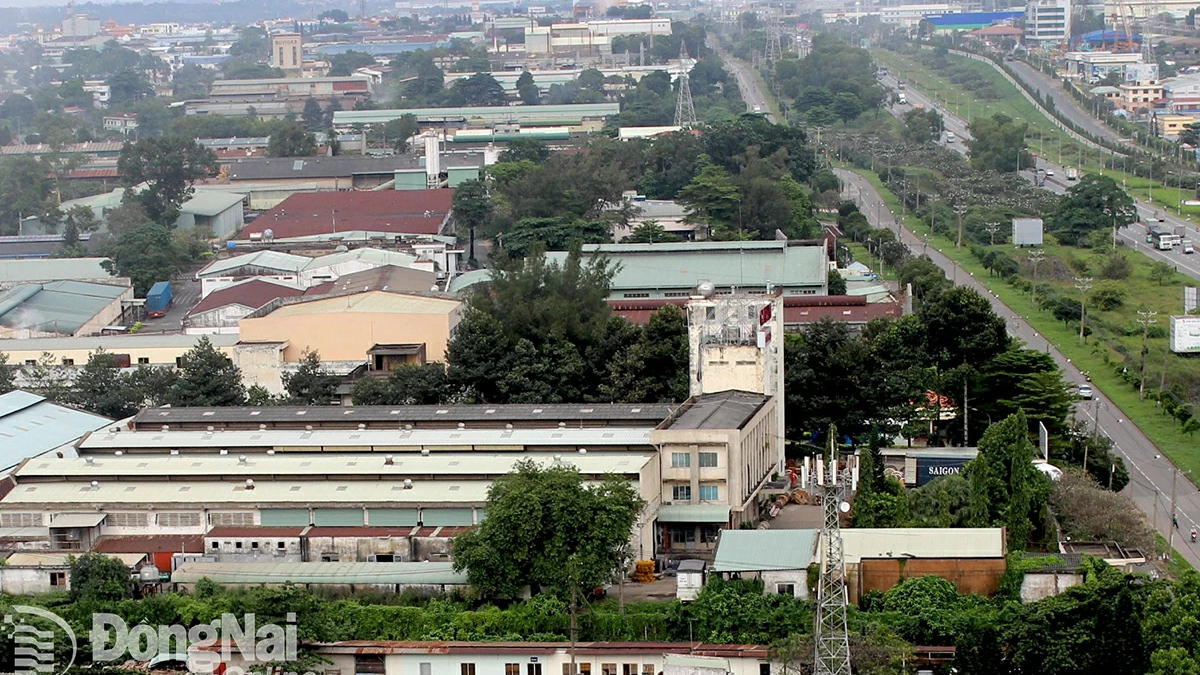
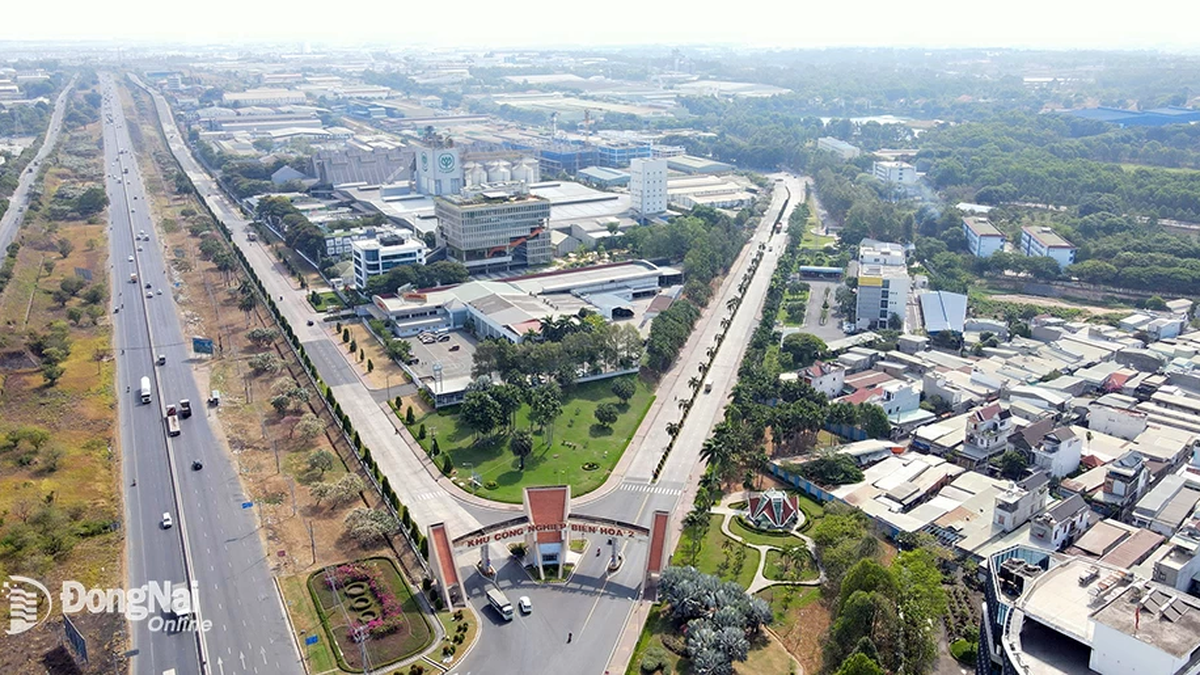
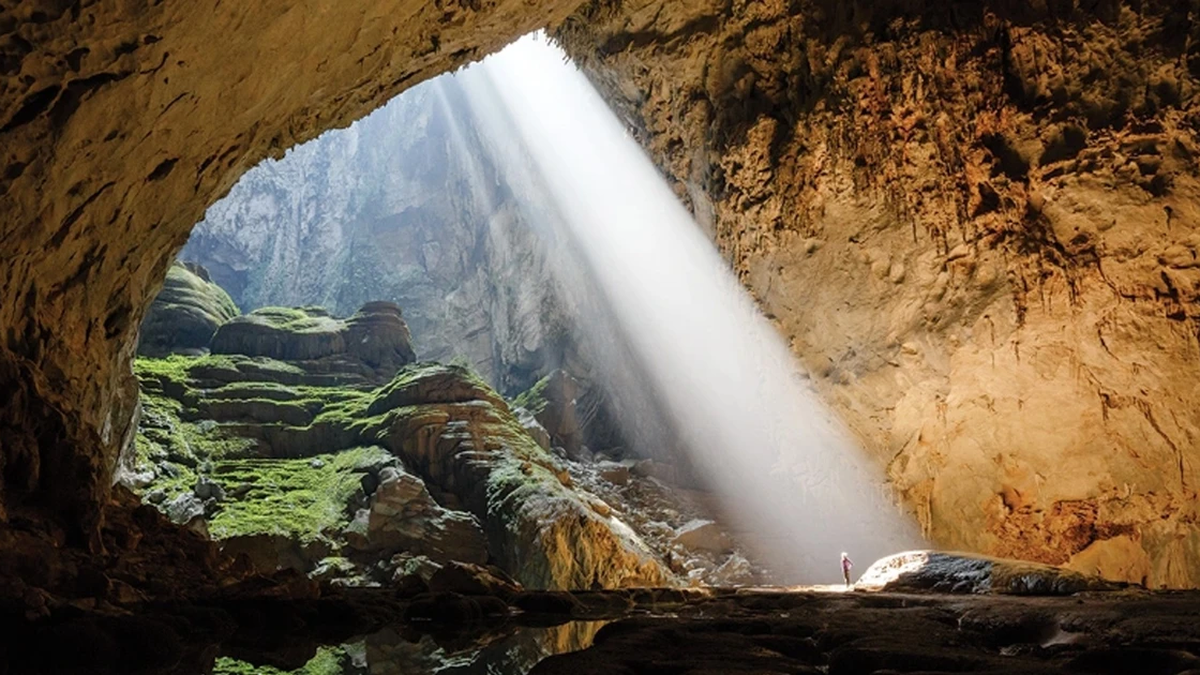
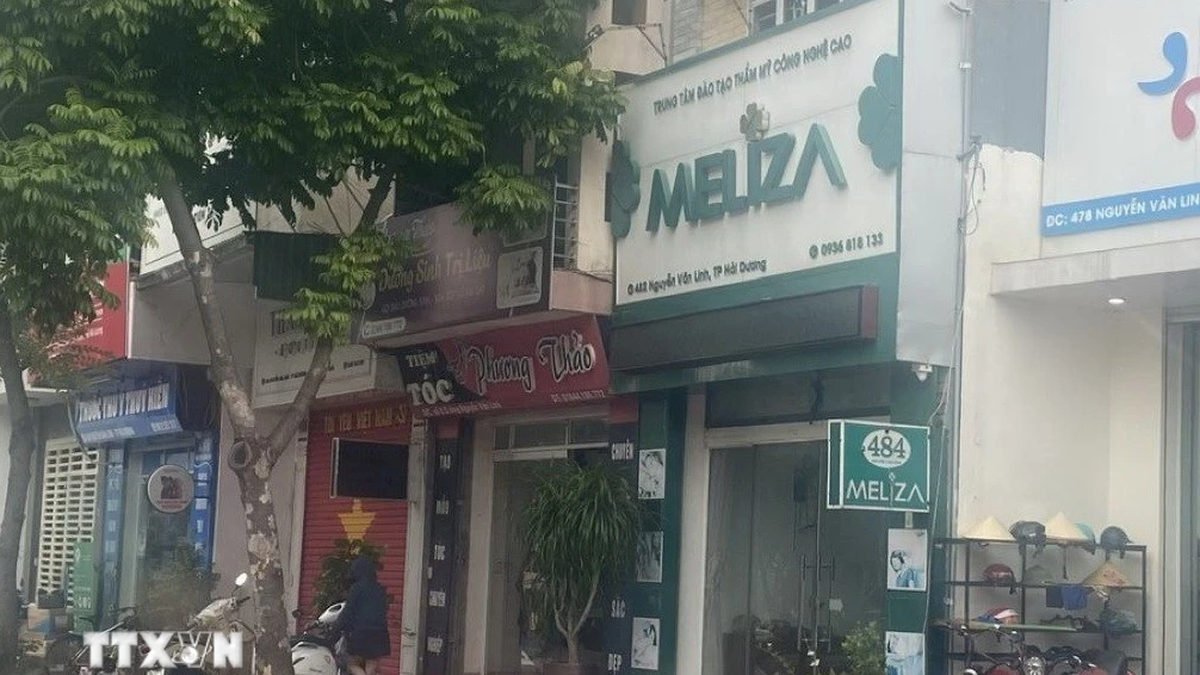




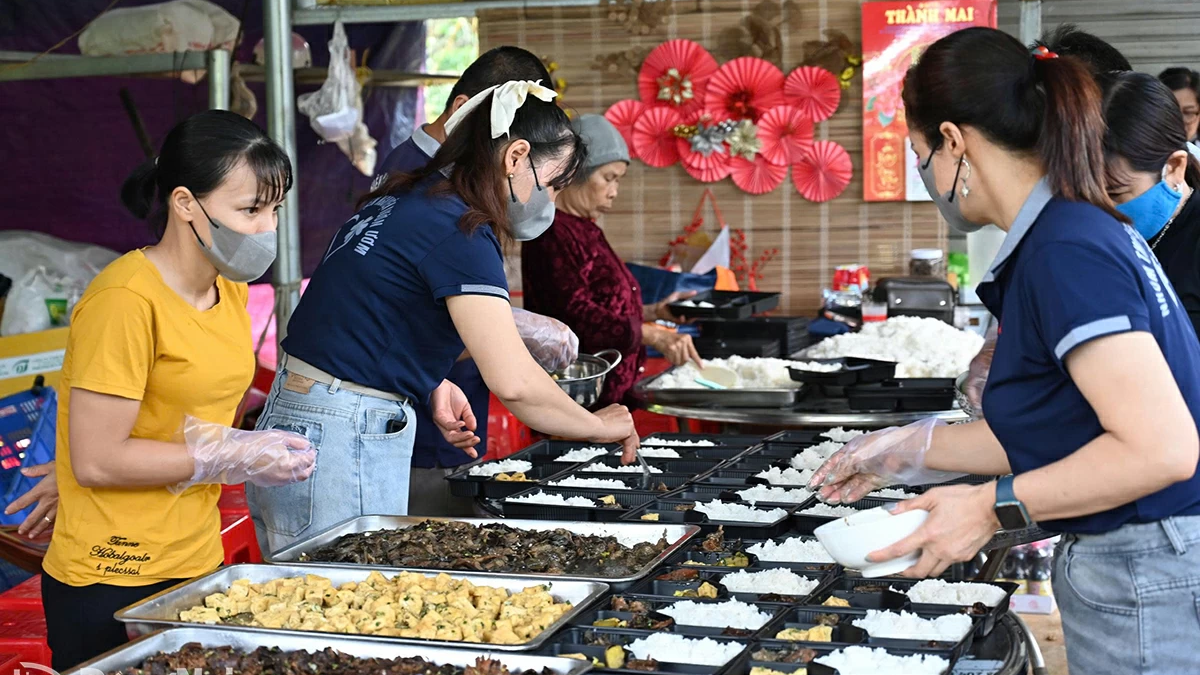























































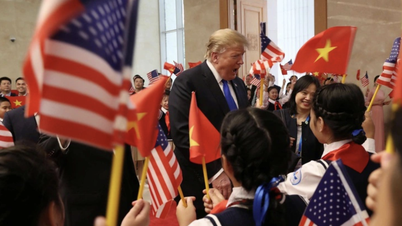


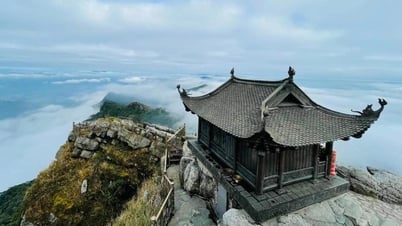


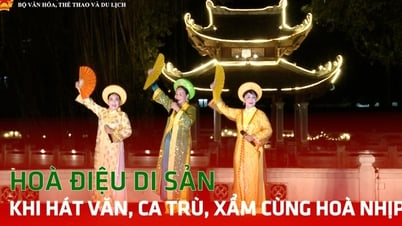




























Comment (0)